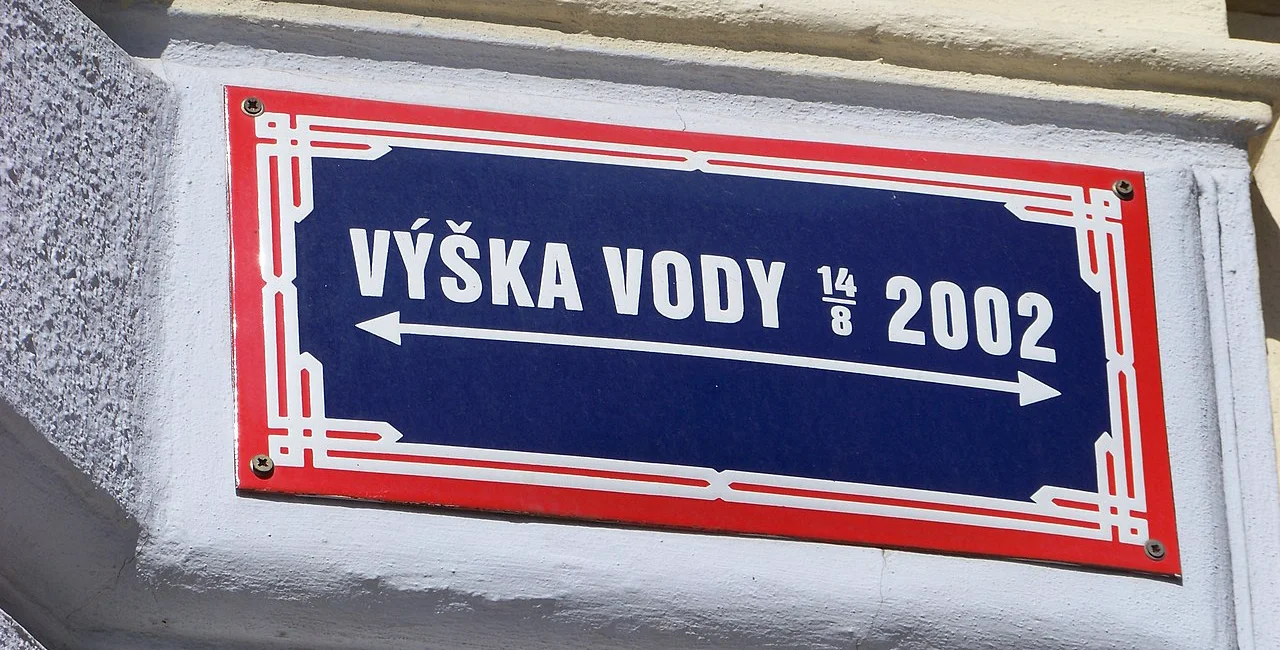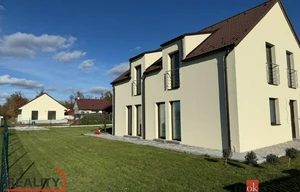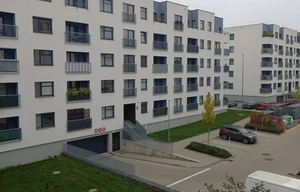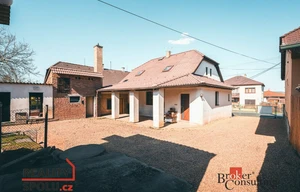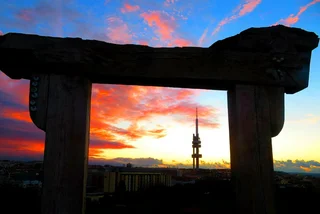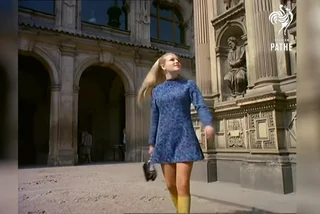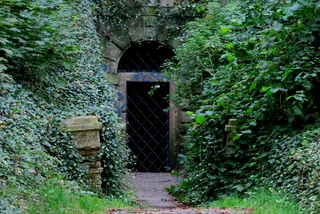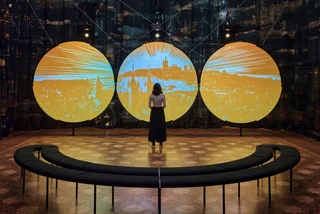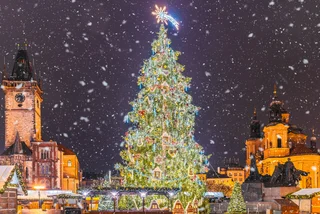It has been 20 years since the 500-year flood devastated the center of Prague in August 2002. The rising water caught the city largely unprepared. There had been floods in the past, but no major ones since 1890.
Over 50,000 residents from waterfront districts as well as animals from Prague Zoo had to be evacuated, and art had to be removed from museums and galleries. Some 19 people lost their lives in the Czech Republic, and 134 animals died in Prague Zoo.
While flooding affected much of Europe, Prague was particularly hard hit as two swollen rivers, the Vltava and the Berounka, met in the city. Heavy rains fell on Aug. 7 and 8, depositing more water than the ground could absorb. Water levels rose, but initially there was no concern. A second large rainfall on Aug. 12 and 13, though, was the tipping point.
20 let od katastrofálnà povodně v Čechách
— ÄŒeský hydrometeorologický ústav (ÄŒHMÚ) (@CHMUCHMI) August 7, 2022
V tÄ›chto dnech si pÅ™ipomÃnáme 20. výroÄà povodnÄ›, která v prvnà polovinÄ› srpna 2002 zasáhla ve dvou průtokových vlnách zejména toky v povodà Vltavy, ale ÄásteÄnÄ› i povodà Dyje. pic.twitter.com/vYYMM4rtFG
The flood was the most devastating in centuries and was about 20 percent larger in terms of the volume of water than the flood of 1845, which had been considered the worst until that time.
A panel exhibition showing images of the 2002 flood and how the places have recovered will be on Kampa island from Aug. 9 to Sept. 22. Some of the images can be seen here.
Flood warnings began in Prague on Aug. 12, and saw inhabitants scramble to outfit buildings with sandbags. Buses evacuated people from Karlín and other lower-lying areas, but many insisted on staying. The next day, however, the floodwaters overpowered the weak defenses in Karlín and the adjacent Libeň neighborhood. The streets filled with water deep enough to accommodate rowboats. Evacuation became mandatory, though many were still reluctant to leave their homes.

Evacuations also began in Kampa and part of Malá Strana. Emergency walls were erected to protect Old Town, but by the evening of Aug. 13, part of the area was evacuated as a precaution as the water closed in on the top of the walls. Fortunately, the foundations for the walls, made of interlocking aluminum slats, had been installed a few years earlier in response to floods that hit the German city of Cologne.
The area protected by the wall was quite limited. There were plans and permits to extend the foundations for the wall even further, but the city administration didn't see this as a priority, the New York Times reported just after the flood subsided.
Given that floods in the past, such as one in 1890, had caused partial collapses of the Charles Bridge, bridges were closed to car traffic, and the city's most historic bridge was closed completely.
The metro system's flood protection failed, and on Aug. 14 water had reached 29 stations. The city’s sewage system was also unable to handle the disaster. Water backed up through the underground pipes, flowing into basements across the city center.

The lower part of Prague Zoo was inundated with floodwater. Some large animals were saved, but an elephant, 35-year-old Kadir, had to be euthanized as there was no time to move him to safety. A gorilla named Pong drowned, but others were saved and moved to the zoo in Dvůr Králové.
A seal named Gaston escaped and swam all the way to Wittenberg, Germany, before being captured on Aug. 19. The stress of the ordeal proved too much for Gaston, and he died before he could be returned to Prague. He became one of the lasting symbols of the flood. A statue of Gaston now stands at Prague Zoo and one of the zoo's restaurants was named for him in 2005.
Museum Kampa had not yet opened, but some of the art was already being installed. A six-meter tall chair situated in front of the museum, an artwork by Magdalena Jetelová, was washed away by the waters but eventually recovered. It was restored in June 2003 and stayed in the location until 2012, when it was removed due to its deteriorating condition. The museum opened in September 2003, a year behind schedule.

Water began to recede on Aug. 15, and the full extent of the impact began to become clear. Several buildings had collapsed, with the worst damage in Karlín. During the week, residents were slowly being allowed back, but many, especially those who lived in basement and ground floor flats had little to return to.
Igor Němec took over as Prague’s mayor on July 15, 2002, after Jan Kasl resigned. Němec told the New York Times that the city did all it could under the circumstances. “Against this kind of catastrophe, there are no measures you can take. It would be too expensive,” he said. His term lasted only until Nov. 28, 2002, when Pavel Bém was elected mayor.

Many libraries and archives were unable to move their collections in time. In an innovative step, books and documents were frozen and stored in a warehouse to prevent them from becoming moldy. Some books that could be easily replaced were discarded but unique documents eventually were dried out and conserved, thanks in part to help form international grants.
Prague Zoo underwent a massive rebuilding, which also allowed it to modernize. New pavilions and exhibition spaces were built. The zoo is now regarded as one of the world’s best. The zoo continues its rebuilding efforts to this day. A new gorilla pavilion will open in the upper part of Prague Zoo in the fall of 2022. After another flood in 2013, the zoo management decided that it would be better for the protection of the gorillas to move them to higher ground.

Several theaters were also affected. Divadlo Archa was flooded when the city’s sewage system backed up. The theater moved much of its schedule to other venues under the banner “the Ark floats.” It took over a year to renovate the theater, which has unique infrastructure such as a retractable floor.
Výstaviště in Holešovice also was underwater. Divadlo Spirala was damaged and closed. For a long time, it seemed that the building would be demolished but in 2017 the city approved a plan to renovate the theater. Work began in 2021 and it should reopen at the end of 2022.

The first incarnation of David Černý’s arts venue MeetFactory was also in Holešovice in a former meat processing plant, which accounts for the pun in the name. After the flood, the venue was moved to a new location in Smíchov in a former railroad building.
In the aftermath of the floods, both the city and the country redeveloped their flood response plan. The city greatly expanded the area that could be protected by removable walls. Changes were also made to the sewage system to prevent it from backing up. Metro stations now all have new walls capable of withstanding floods even higher than the one in 2002. By 2012, the city spent CZK 4.5 billion on flood defenses.

“We are now much better prepared to predict floods. Several times a year we undertake crisis tests of all pressure gates in the metro,” Ladislav Urbánek, the then-director of the Prague Public Transit Company, said in 2012 on the 10th anniversary of the flood.
When another flood hit Prague in 2013, the damage was much less. The flood itself was less intense, but the new preparations helped to keep its impact to a minimum. The metro system did not flood, though parts were closed as a precaution. The extended flood wall system was installed by 1,000 soldiers. Flooding was mainly limited to some outlying parts of the city.












 Reading time: 5 minutes
Reading time: 5 minutes 